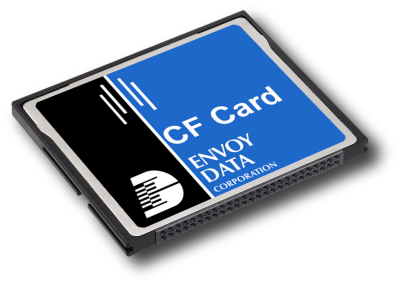In the year 1994, SanDisk an America’s giant manufacturer of flash memory products and memory card readers had introduced a CompactFlash (CF) card. Which became very popular memory product, which supports people to store huge data that in a small card. The best part is they designed in such that they function without mechanical portions moreover they have a flash technology, a non-volatile storage solution that does not require a battery to hold data. They permit users to feature information to a large form of computing devices. The physical format is now used for a variety of devices.CF cards grounded on Parallel ATA (PATA), originally known as AT Attachment, is an interface standard for the connection of storage devices such as hard disks and CF cards. They have a simple classification based on dimensions. I.e. thickness and storage capacity like 43×36×3.3 mm (Type I) 43×36×5 mm (Type II). Their standard measurement is around 42.8 x 36.4 mm, and their specification support storage right from 2 MB up to 512 GB.
CompactFlash cards support both +5V and+3.3V operation and can function at either voltage level. Other small form factor flash cards may be available to operate at 3.3V or 5V, but any single card can operate at only one of the voltages. It has automatic error correction and retry capabilities, including an error correction code. CF cards are constructed on solid state technology, it makes them sturdier than their earliest counterparts. The data transfer rate and access time are much faster than hard disk drives. Moreover, they undergo vigorous operational shock rating to ensure high-performance and quality. They scored operational shock rating that means what height you can drop them and they still work efficiently. The substantial weight and bulk of CF cards made them tougher and more resilient, and off course higher temperature resistances. CF cards have 2000 G rating have for shock resistance that is about a 10 ft drop which much better than any mechanical device who has around 100G to 200G ratings
CompactFlash cards offer very high storage capacities, tough in rating and fast processing times that is why they became the ultimate choice in the most advanced digital single-lens reflex DSLRs. Most CF cards display the read speed on the face of their cards. They have come up with a high-end version, Ultra CompactFlash and can be useful in demanding photography like taking a picture or video of moving objects, continuous shooting mode or even quick shot succession. Nowadays every photographer looks for high definition images. Here Ultra CF helps photographers as it has fast transfer rate where a photographer can click the image and it is being saved immediately so he can take another image without missing any view. Here CF cards aid in continuous shooting mode which snaps multiple shots for as long as holding the shutter release down.AT some point in the photography endeavor, we understand that CF cards can do wonders.
